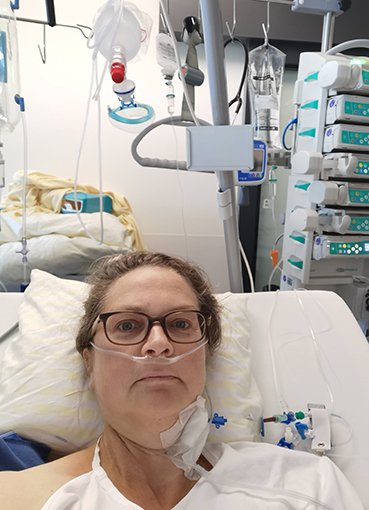Amazing sepsis survivors and Global Sepsis Alliance (GSA) representatives Shahrzad Kiavash and Krista Bracke had the great honor to personally meet Dr. Tedros, Director General of the World Health Organization (WHO), at the Walk the Talk: Health for All Challenge in Geneva on Sunday, May 26. Organized by WHO for the fifth year in a row, the event brought together thousands of health advocates to the start of the 77th World Health Assembly. A unique opportunity to raise awareness of the sepsis challenge.
Shahrzad Kiavash is a Swedish triathlete and Krista Bracke a Belgian journalist. They both survived sepsis some years ago but with irreversible consequences such as a double below-knee amputation.
Shahrzad and Krista had the opportunity to briefly stress the global burden challenge of sepsis whereas Dr. Tedros highlighted again his support to the sepsis cause.
“This recognition of sepsis by Dr. Tedros is of such importance to all sepsis survivors and their families. As not being taken seriously (even by certain health professionals) is devastating. ”
“The consequences of surviving a sepsis can be truly heavy, both for the survivors and the loved ones. To be able to address the burden of sepsis to Dr. Tedros was of great importance. ”
The GSA is leading the development of the first multiyear global strategy for sepsis which will be an inclusive and participatory process in which sepsis survivors and their families will have an important role to play. The Alliance is looking forward to launching this strategy, the 2030 Global Agenda for Sepsis, on September 13th at World Sepsis Day, in close partnership with the WHO, other UN-agencies and strategic partners at the GSA.
In parallel to the 77th Session of the World Health Assembly on May 28, 2024, the Global Sepsis Alliance will host a multi-stakeholder dialogue on the 2030 Global Agenda for Sepsis.















